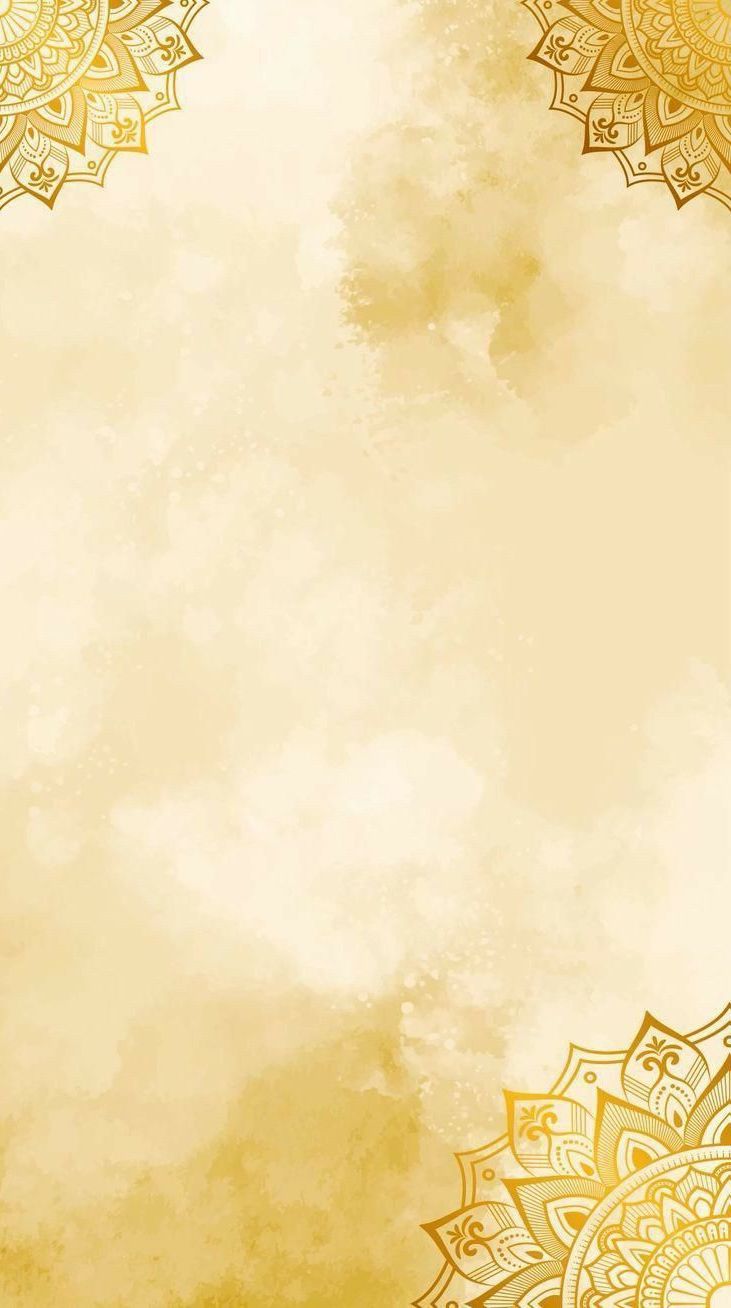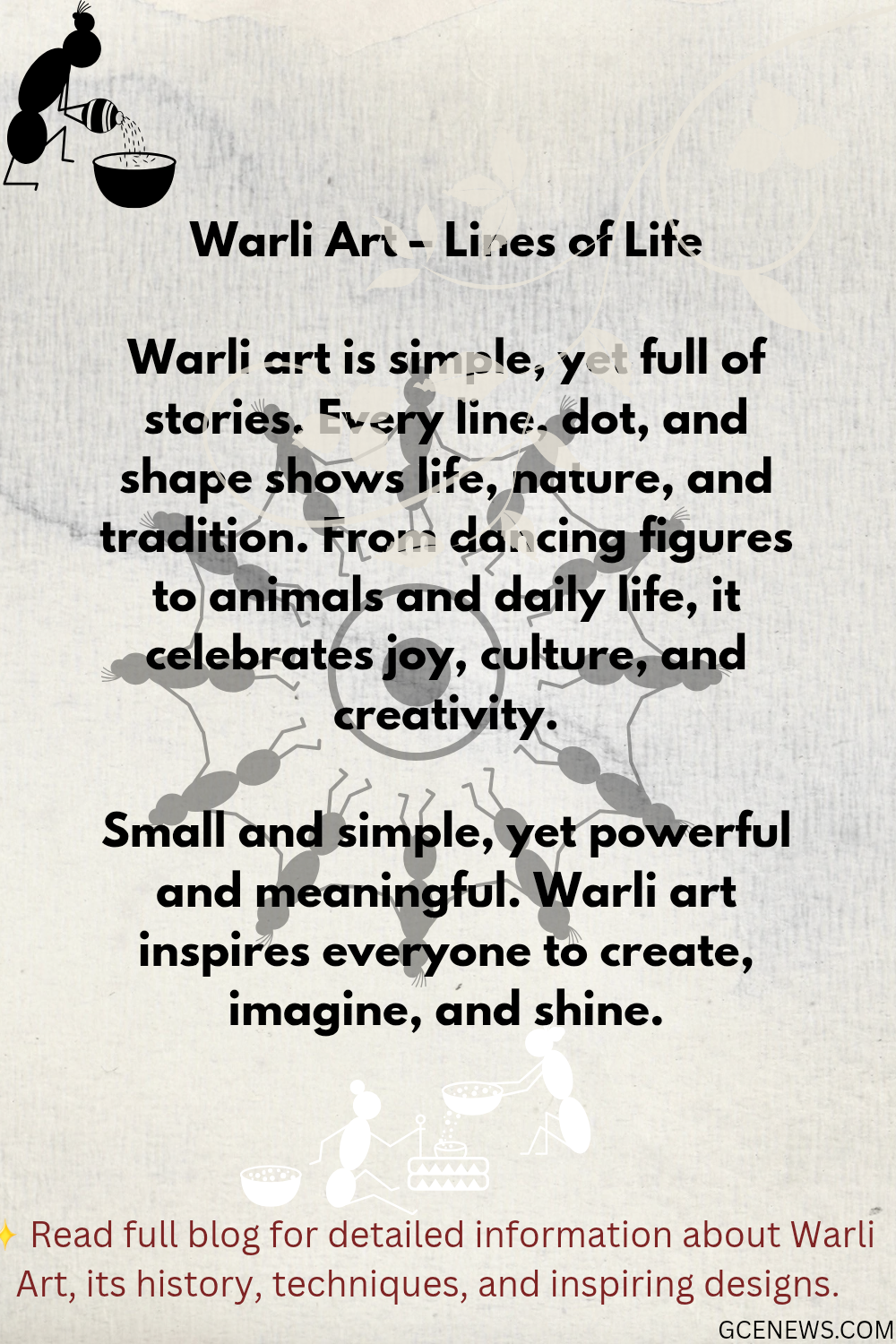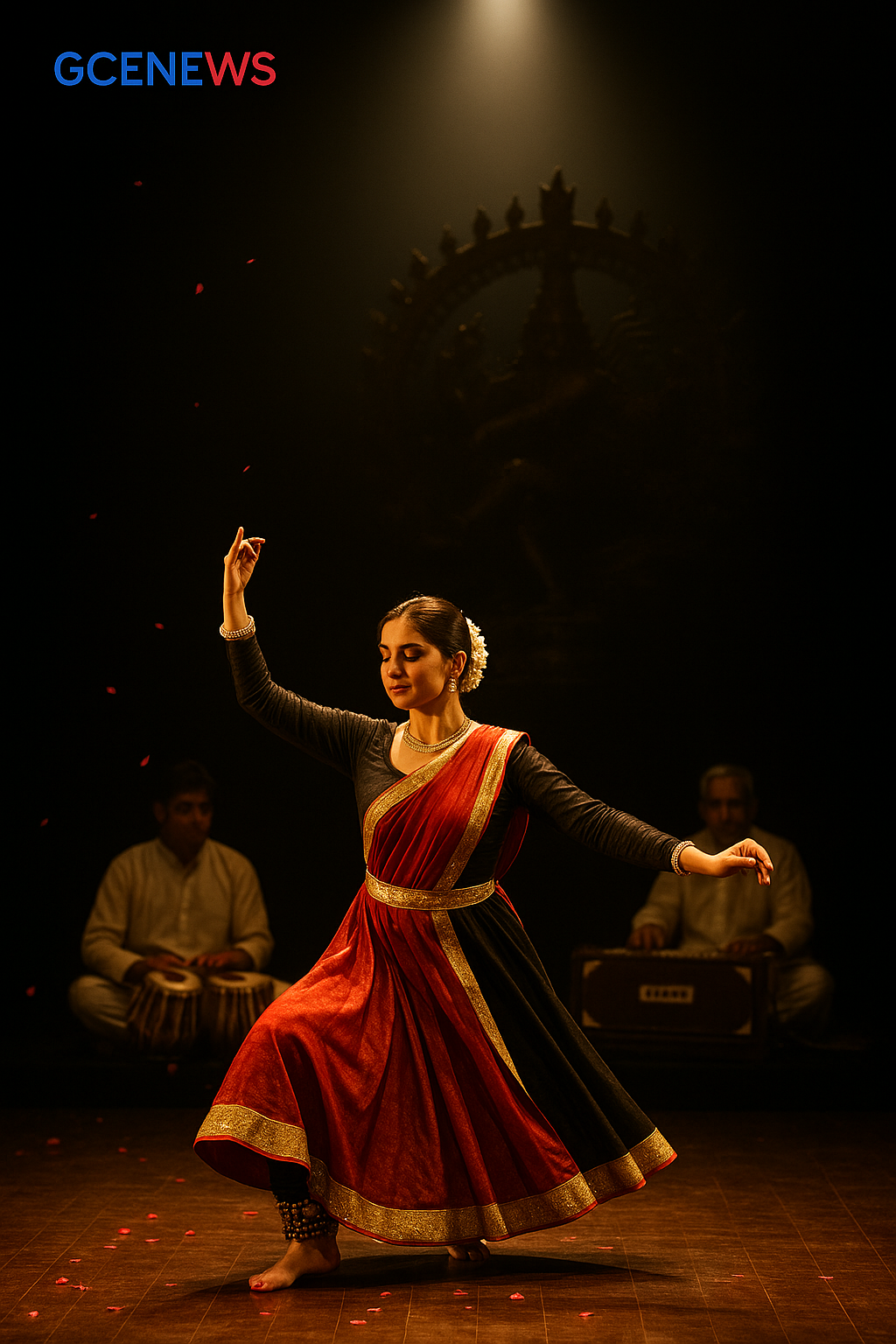Day 4 of mandana art series

🪷 Day 4: Tools, Natural Colors & Traditional Techniques of Mandana Art — Keeping the Ancient Craft Alive
Hey guys! I’m your writer and well-wisher.
I hope you all are healthy and doing well. 🌸
We’re back again with Day 4 of our Mandana Art Series — a journey into Rajasthan’s soulful and sacred folk art.
So far, we’ve explored what Mandana is, where it came from, its symbolism, and regional styles.
But today, we take a step closer to the hands of the artist.
We look at how Mandana art is actually made — using the most basic natural tools, the purest of colors, and centuries-old techniques passed down by grandmothers and mothers.
Despite its visual simplicity, Mandana is deeply rooted in ritual, rhythm, and realness.
And as always — stay till the end for a powerful and emotional story from Bhavna, one of our readers, who reignited her passion and independence through this very art form.
You can also share your real-life stories with us in the comments. 📩
Let your voice be heard — your truth matters.
🎨 What’s So Special About Mandana Tools & Techniques?
In modern art, we have fancy brushes, designer software, and digital editing.
But in Mandana art? Just mud, lime, twigs, and soulful hands.
This is where tradition beats technology.
Let’s explore...
🧹 1. Preparation of the Canvas — The Floor or Wall
Mandana is usually created on:
- Clay floors (courtyards)
- Village walls (mud-plastered)
- Doorways, kitchen walls, and temples
Before drawing, the surface is cleaned and coated with a mixture of:
- Red ochre (geru)
- Cow dung
✅ This mixture is not only natural and eco-friendly but also has anti-bacterial properties and creates a smooth reddish-brown canvas for the white artwork to stand out.
🖌️ 2. Traditional Tools
Mandana artists don’t rely on sketchbooks or pencils. Their tools are what the earth gives them:
- Fingertips – for lines, dots, swirls
- Twigs from neem or date palm
- Rags or cloth-wrapped sticks
- Homemade brushes made from cotton and bamboo
These simple tools give the artist direct control over flow and emotion in their strokes.
🎨 3. Natural Colors
Mandana traditionally uses only two colors:
- White: Made from lime powder (chuna) or rice flour paste
- Red: Comes from geru mitti (red ochre clay)
In some tribal variations:
- Black: Derived from burnt wood or soot
- Yellow: From haldi (turmeric)
- Blue: From indigo plants
Modern Mandana artists are now using acrylic paints to adapt the designs to cloth, paper, wood, and pottery — but the soul remains the same.
✍️ 4. Freehand Drawing Techniques
Mandana is never traced or measured. Every line is drawn freehand, often by women who never went to art school — just learned by watching their elders.
Patterns include:
- Circles, triangles, lotus shapes, birds, trees, animals, and deities
- Designs are always symmetrical
- The process is slow, meditative, and rhythmic
Each design is a spiritual offering, especially during festivals like Diwali, Karwa Chauth, Teej, or marriages.
💖 Real-Life Inspiration: Bhavna’s Story — 30 and Finally Free
Bhavna, a 30-year-old homemaker from Rajasthan, had long forgotten what her own dreams looked like. Married at 20, she spent the next decade managing home, kids, and in-laws — quietly burying her passion for drawing.
Then one day, at a local craft mela, she saw a woman — much like herself — selling hand-painted Mandana bags. Something awakened inside her.
“I used to draw like this,” she thought.
That night, she pulled out an old notebook and began sketching again. Slowly. Nervously. But also — with joy.
Over time, she learned to draw on cloth. Her daughter helped her take photos and share them online. Orders started coming in — not many, but enough to make her feel seen again.
Today, Bhavna runs a small Mandana-inspired home decor page on social media. She earns, creates, and smiles with pride.
“Mandana gave me back my voice. I now feel like an artist — not just a wife or mother.”
🌟 Want to Be Featured Like Bhavna?
Your pain, growth, or creative journey can inspire someone too.
Drop your story in the comments or DM us — you could be our next blog feature. 💌
📅 What’s Next?
Coming up next is Day 5 — the final post in this Mandana Series:
- Can this dying art be saved?
- What can we do to keep Mandana alive in modern times?
Stay connected till the last day. The heart of Rajasthan is still beating — and you’re a part of it.




